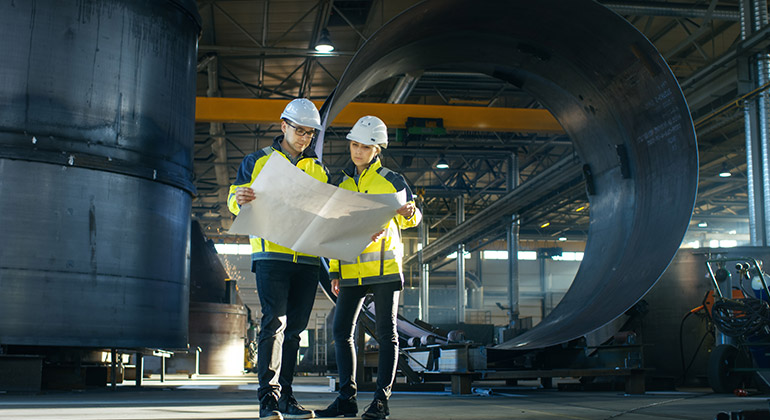Introduction:
Concrete is a durable and versatile material used in various applications, from driveways and sidewalks to patios and garage floors. To ensure the longevity and appearance of your concrete surfaces, it is essential to adopt proper maintenance practices. In this blog, we will provide you with valuable tips and guidelines for maintaining and protecting your concrete surfaces.
1. Regular Cleaning:
Regular cleaning is crucial to prevent the buildup of dirt, stains, and debris on your concrete surfaces. Use a broom or leaf blower to remove loose dirt and debris, and then follow up with a pressure washer or hose to thoroughly clean the area. If you encounter stubborn stains, consider using a mild detergent or specialized concrete cleaner. Avoid using harsh chemicals or abrasive tools that could damage the concrete.
2. Sealing:
Sealing your concrete surfaces is an important step in protecting them from moisture, chemicals, and other potential damage. Apply a high-quality concrete sealer to create a protective barrier that prevents water penetration, reduces the risk of staining, and enhances the concrete’s appearance. It is recommended to reseal your concrete every 2-3 years, or as per the manufacturer’s instructions.
3. Dealing with Cracks:
Cracks can occur in concrete due to various factors, such as freeze-thaw cycles, heavy loads, or natural settling. Promptly addressing cracks is essential to prevent further damage. For small cracks, use a concrete crack filler or caulk to seal them. Larger cracks may require professional repair services. Regularly inspect your concrete surfaces for cracks and address them promptly to avoid costly repairs in the future.
4. Avoiding Chemical Damage:
Certain chemicals can cause significant damage to concrete surfaces. Avoid using de-icing salts or harsh chemicals for snow and ice removal, as they can deteriorate the concrete. Instead, use sand or non-corrosive de-icing alternatives. Additionally, be cautious when using fertilizers, oil-based products, or acidic substances near your concrete surfaces, as they can cause stains and damage.
5. Preventing Heavy Loads:
Concrete is a durable material, but excessive weight or pressure can lead to cracks or other structural issues. Avoid parking heavy vehicles or placing heavy objects directly on your concrete surfaces. If you need to park heavy vehicles, consider adding load-bearing reinforcements, such as steel plates or thicker concrete slabs.

6. Avoiding High Impact:
While concrete is known for its strength, high impacts can still cause damage. Avoid dropping heavy objects, dragging sharp materials, or using heavy machinery directly on the concrete surface. Using protective mats or pads can minimize the risk of impact damage.
7. Regular Inspections:
Perform regular inspections of your concrete surfaces to identify any signs of damage or wear. Look for cracks, spalling, or areas that appear discolored or uneven. Early detection allows for timely repairs, preventing further deterioration and extending the lifespan of your concrete surfaces.
Conclusion:
Proper concrete maintenance is essential for the longevity and appearance of your concrete surfaces. By following the tips and guidelines provided in this guide, you can ensure that your concrete remains in excellent condition for years to come. Remember to clean regularly, seal as needed, address cracks promptly, avoid chemical damage, prevent heavy loads, avoid high impacts, and conduct regular inspections. With these practices, you can enjoy beautiful and durable concrete surfaces that enhance the overall aesthetics and value of your property.



